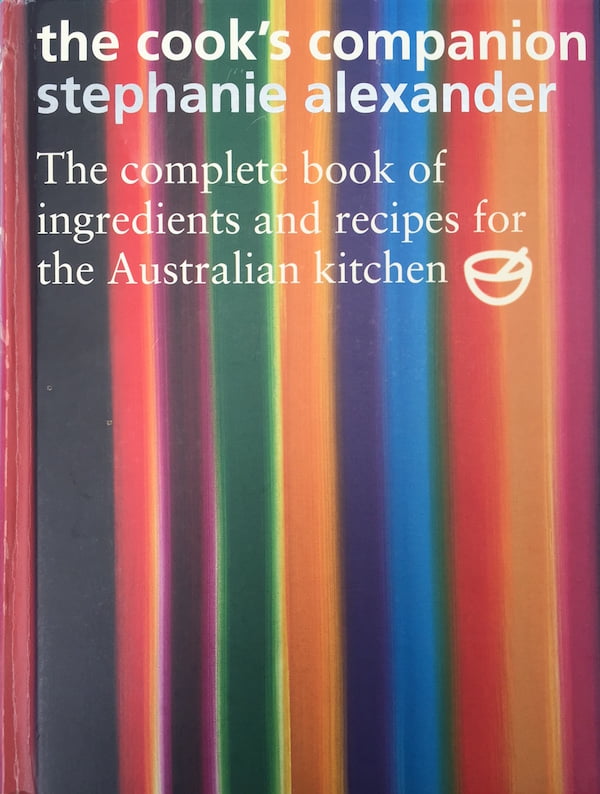Sounds simple, doesn’t it? Plant, Grow, Harvest, Cook. But this is after the Great Zucchini Glut. Anyone who’s grown zucchinis knows what this is and, believe me, it’s not pretty. Baby zucchinis, raw zucchinis, zucchinis fried, julienned into spaghetti, stuffed, in salads, in stir fries, dried into chips. Zucchini Nano Alba, Striata di Trieste, Black Jack. The pea and zucchini soup was actually quite nice, but by then we were so damn sick of them! And although the last plant was – thank God! – pulled up today, horribly, lurking in the spare room, are yet more marrows and spaghetti squash.

Yet more marrows and squash lurk in the spare room…
Of course, the best thing to handle gluts is to preserve the harvest for droughts. Preserves aren’t rocket science, and heat, salt, sugar, and/or vinegar

Preserving your garden harvest – all it takes is heat, salt, sugar and/or vinegar
and alcohol

Alcohol from your garden harvest – another delicious way to preserve it
are all delicious ways of storing your harvest for later.
The Gentle Art of Preserving, by Katie and Giancarlo Caldesi, is terrific and organised in a very practical way, but old books in op shops often offer different recipes than are available nowadays. This wonderful 1961 SA Country Women’s Association “Pickles, Sauces, Jams and Jellies” is a treasured gift from a friend:
#gallery-1 {margin: auto;}#gallery-1 .gallery-item {float: left;margin-top: 10px;text-align: center;width: 33%;}#gallery-1 img {border: 2px solid #cfcfcf;}#gallery-1 .gallery-caption {margin-left: 0;}/* see gallery_shortcode() in wp-includes/media.php */ 1961 SA Country Women’s Association “Pickles, Sauces, Jams and Jellies”
1961 SA Country Women’s Association “Pickles, Sauces, Jams and Jellies” 1961 SA Country Women’s Association “Pickles, Sauces, Jams and Jellies”
1961 SA Country Women’s Association “Pickles, Sauces, Jams and Jellies”
If you’re lucky enough to travel, seek out books in villages where preserving is still widely practised – I found this beauty in a tiny shop in northern Italy:

Preserving in Italian – just use google translate!
Don’t worry about the language because, once you understand the principles of preserving, you’ll likely be able to work out the gist of recipes, especially with babelfish and google translate to help!
Tuckerbox freezers are useful (passatas and pestos work well in ziplock sandwich bags)

Passatas and pestos freeze well in zip-lock bags
but another worthwhile investment is a food dehydrator especially if, like me, you live in an area with damp nights. Here is some more of that blasted zucchini:

Dehydrated zucchini
Other than gluts and droughts, I’ve been struck by something else you don’t realise until you start growing a significant proportion of your own produce. If you’re a keen cook, you’ll own cookbooks and buy cooking magazines (delicious. and Cuisine are favourites). Before my garden became truly productive, I’d browse recipes, buy the necessary ingredients, and cook them. But growing your own food requires a complete reversal of this process: you have to look at the ingredients you have on hand, and then find a recipe. It takes time to learn this and for it to become a habit; until then, you’ll end up wasting food as it spoils on the vine, bolts to seed, or becomes overripe or tough.
Stephanie Alexander’s classic “The Cook’s Companion” is unbeatable for helping you learn to think differently. She lists each ingredient, and tells you what goes with it. There are recipes, too, but the book teaches you how to combine what you have in ways that will taste good. And of course, today’s gardening cook has Google and Yummly at her fingertips for a plethora of recipes.

‘The Cook’s Companion’ by Stephanie Alexander
Cooking magazines are supposed to be seasonal, but odds are they won’t be for your garden: they are seasonal for what is predominant or cheap in the greengrocers, which is often something completely different. Pomegranate recipes, anyone? Not when mine are ripe, that’s for sure!
Geoff and I eat differently now. Although I preserve enough tomatoes and basil to last the winter, our diet varies much more throughout the year than it used to. In summer we eat vastly more salads; lots of beans in autumn, while in winter we eat primarily root vegies, brassicas, celery and silverbeet. Beans and peas are autumn and spring. We gorge ourselves on berries in summer (jam year round); now that we have both summer and autumn raspberries we eat them from December to April.
I’m not sure whether this way of eating is healthier or not. Intuitively, one suspects that yes, it may be; some suggest that food intolerances develop when we eat the same vegies every week, year round, without a break.
The amazing thing is that, after a whole winter of not eating zucchini, you’ll actually be looking forward to planting and eating them again. How many? Two plants doesn’t really sound enough, does it? Maybe put in three…
